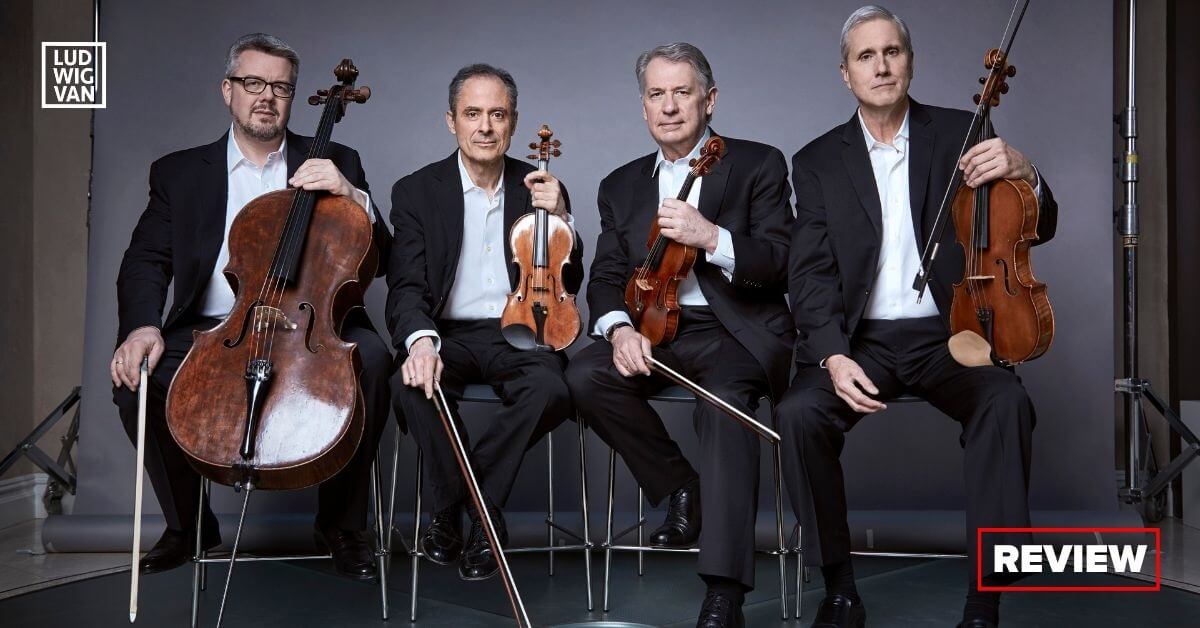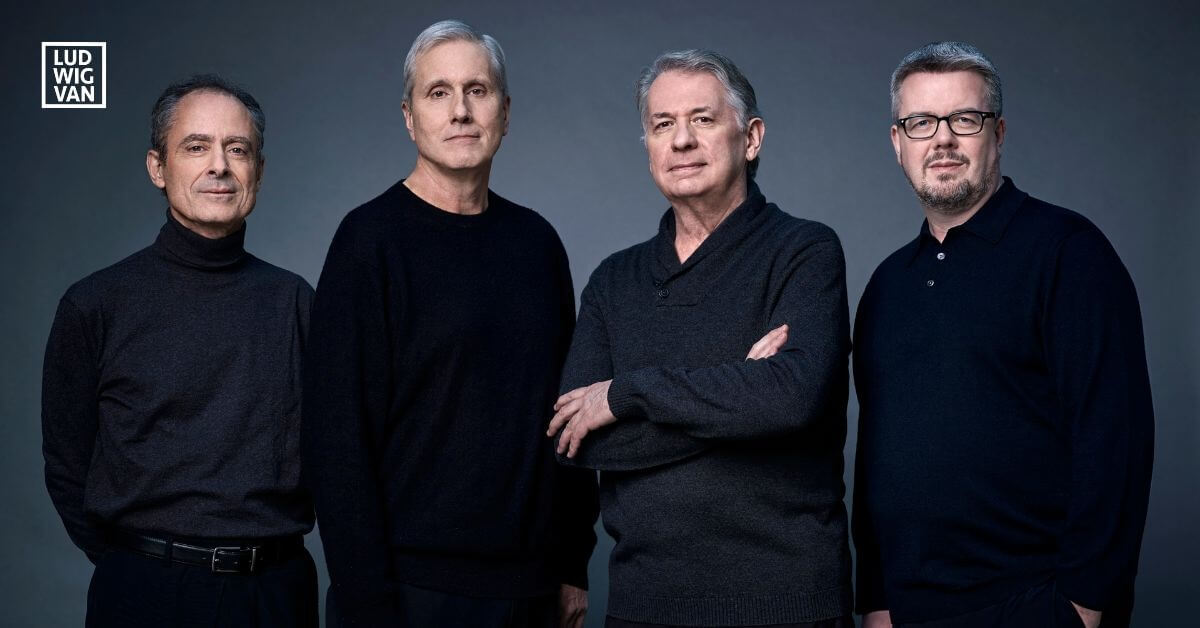
Felix Mendelssohn: String Quartet No. 1; Brahms: String Quartet Op. 67; Dvořák String Quartet No. 14, Op. 105. The Emerson String Quartet, Sunday, October 2, 2022, Koerner Hall.
Counted among the chamber-circuit major-leaguers for more than 40 years, the Emerson String Quartet has decided that the 2022-23 season will be its last. On Sunday, the veterans bade farewell to Toronto in Koerner Hall with a program made in approximately equal measure of mellow music and music made to seem so.
Their approach created an interesting paradox in Mendelssohn’s Quartet Op. 12, finished when the composer was 20 but sounding on this occasion like the retrospective gaze of an octogenarian. The Allegro non tardante marking of the main section of the first movement was taken at something more like moderato.
But, to continue with the Italian lesson, the playing was convincingly espressivo throughout, as warm tone made amends for the lack of velocity. The lively middle section of the Canzonetta shimmered, and the thematic procedures of the finale were nicely elucidated. Would Mendelssohn, by many accounts an advocate of fast tempos, approve? Well, I loved it.

The Emerson Quartet was one of the first to toggle violinists in the first and second chair. Over the years I acquired a marginal preference for the ensemble sound with Eugene Drucker on top (as in Mendelssohn). This is not to say that Philip Setzer did not bring a discerning if understated touch to Brahms’s Quartet Op. 67 and Dvořák’s Op. 105.
Lawrence Dutton projected handsomely in the third movement of the Brahms, where the viola, rather unusually, takes the lead. Paul Watkins, the Welsh cellist who joined the otherwise American group in 2013, did not have many extensive solos but set the scene with an appropriate sense of drama in the finale of the Dvořák.
This autumnal work, the composer’s last without a program or libretto, occasioned many interludes of sweet repose. Something of the wisdom and experience of the players could be gleaned from the orderly phrasing of the opening of the slow movement and the rhapsodic style of the more complex music that ensues.
There was an encore: the melancholy seventh of Dvořák’s Cypresses as arranged for quartet. Did we need another selection from Central Europe and 19th-century? Well, this was a valedictory occasion. Credit is owing the Royal Conservatory of Music for making it happen.
The substantial crowd, made mostly of listeners who were middle-aged or better, responded positively. Quiet prevailed, a few coughers notwithstanding. One enthusiast shouted “well done” after the first movement of the Brahms, which in fact featured the roughest playing of the concert. I guess as a critic, I am not in the strongest position to advise people to keep their opinions to themselves.
#LUDWIGVAN
Get the daily arts news straight to your inbox.



